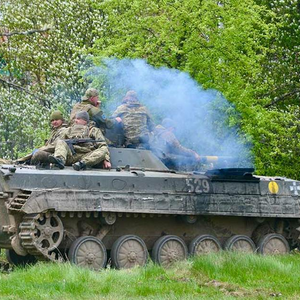
Meatgrinder: Russian Tactics in the Second Year of Its Invasion of Ukraine
- Article
- May 19, 2023
- #Russia #Militarytechnology
The scale of Russian losses in 2022, combined with the Armed Forces of the Russian Federation confronting NATO systems they had not previously contended with, has caused a significa...
Show More